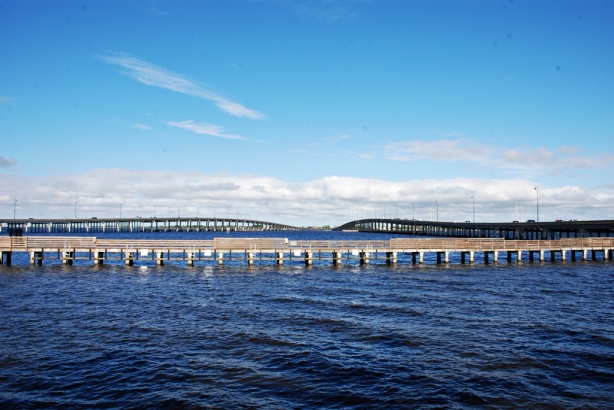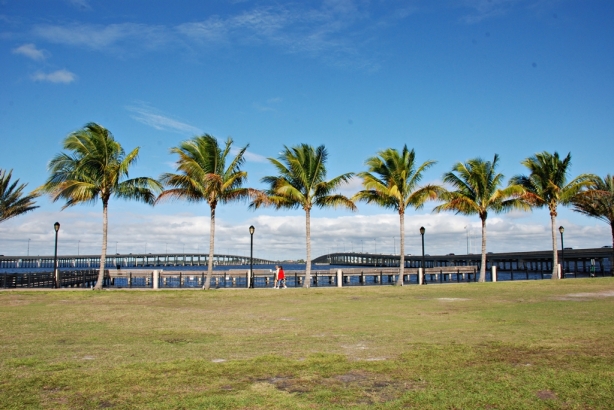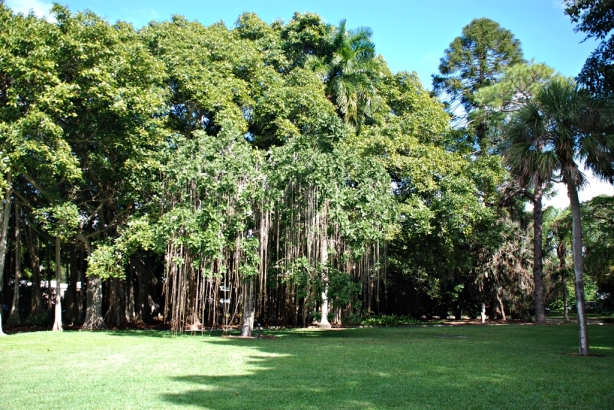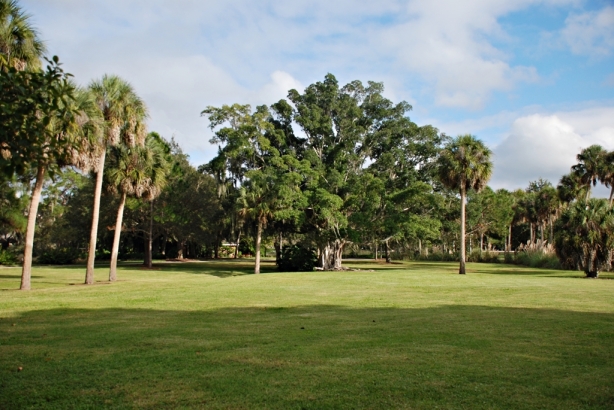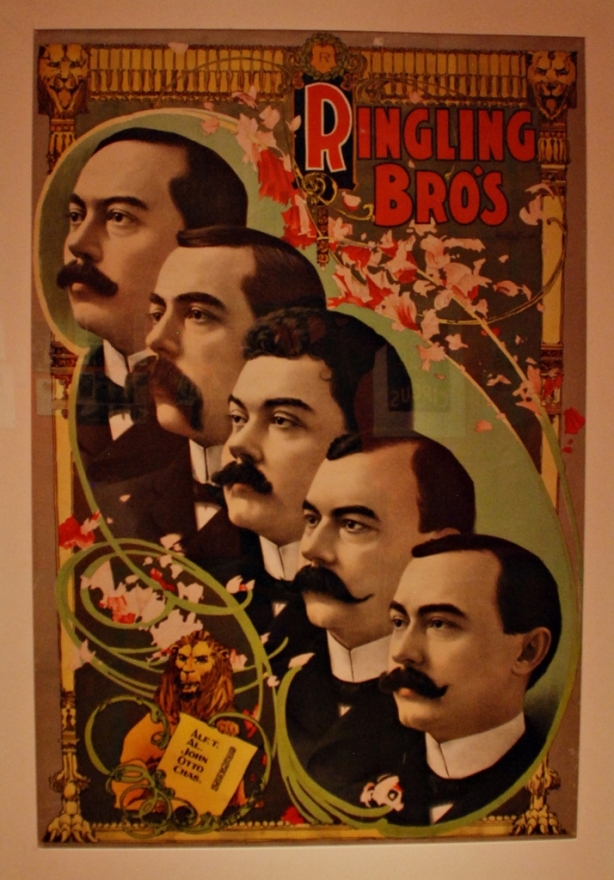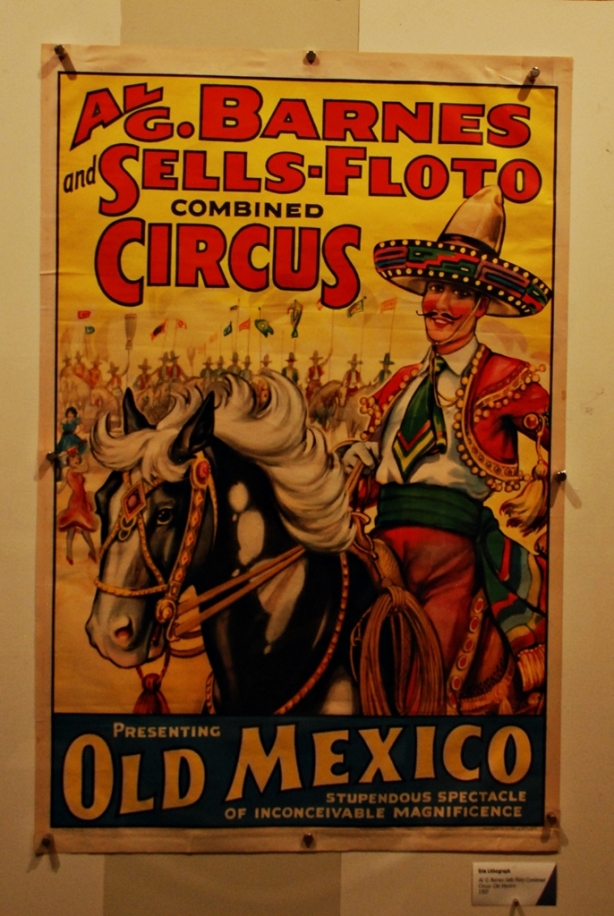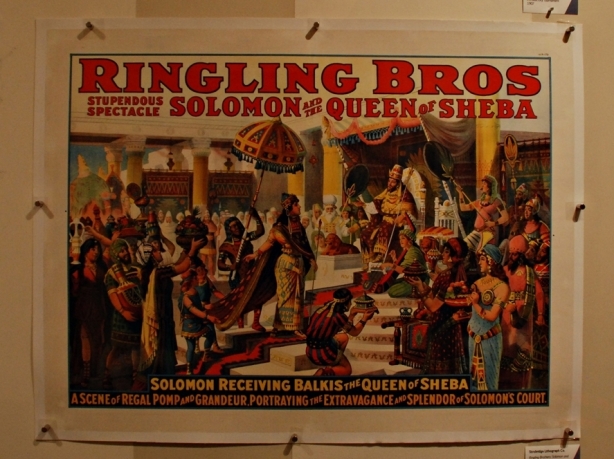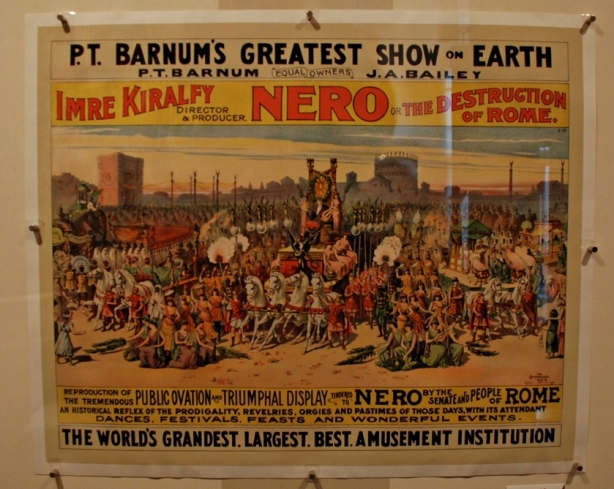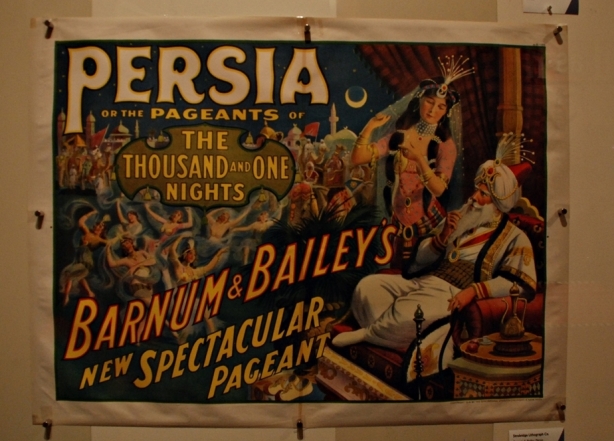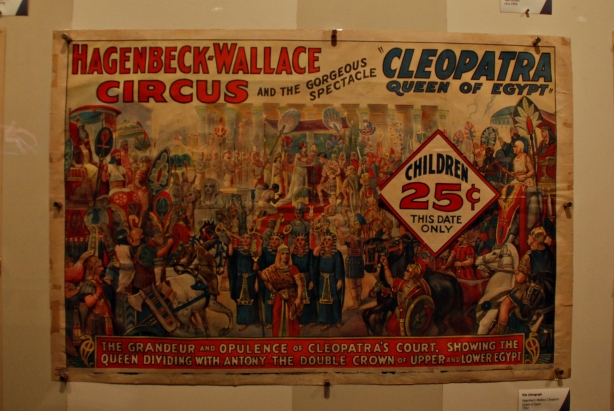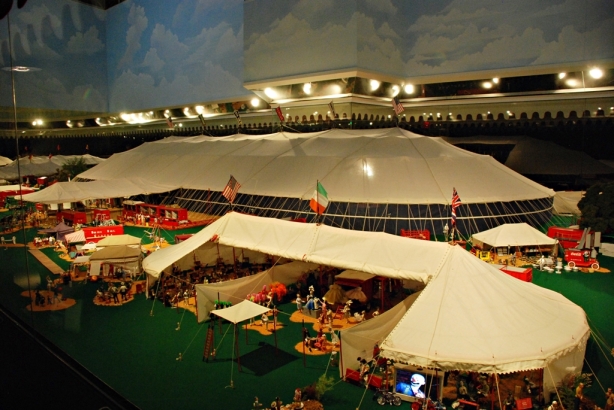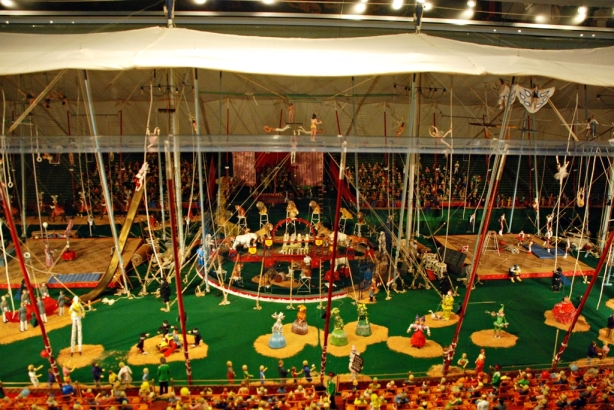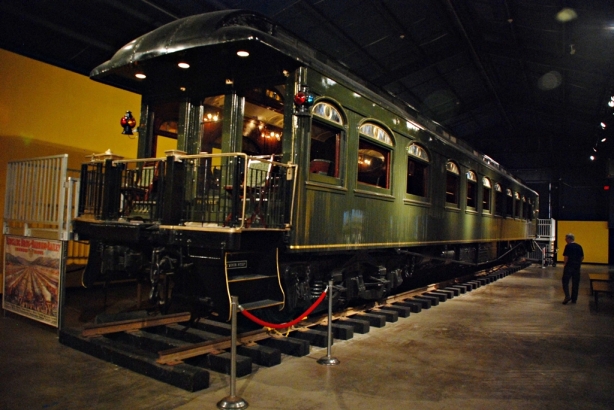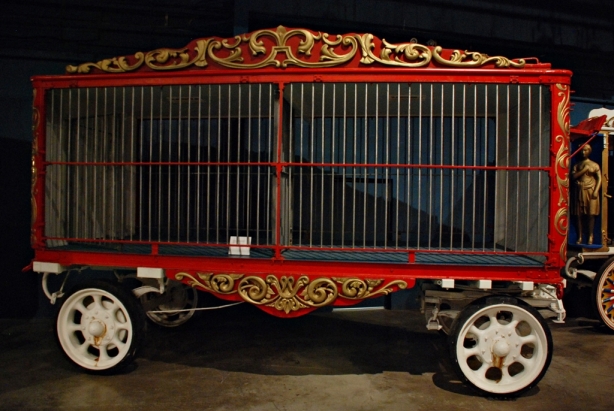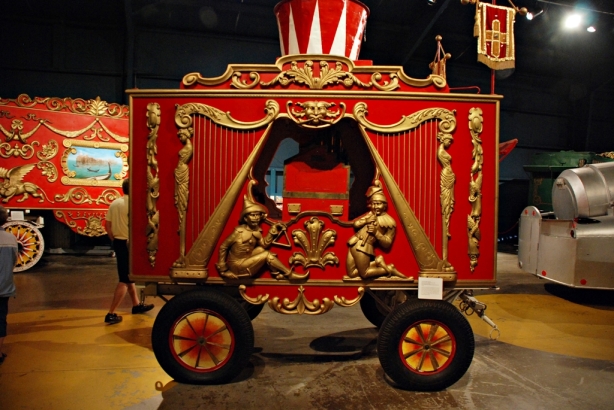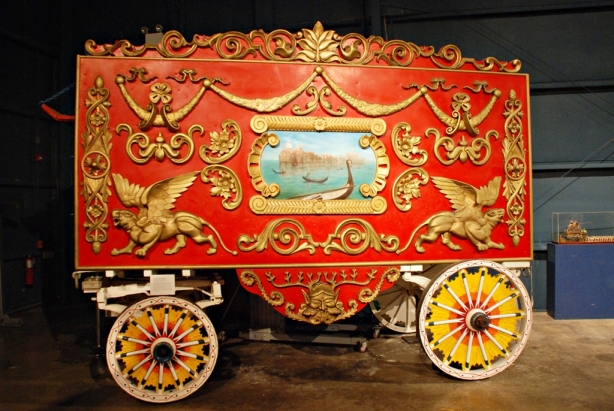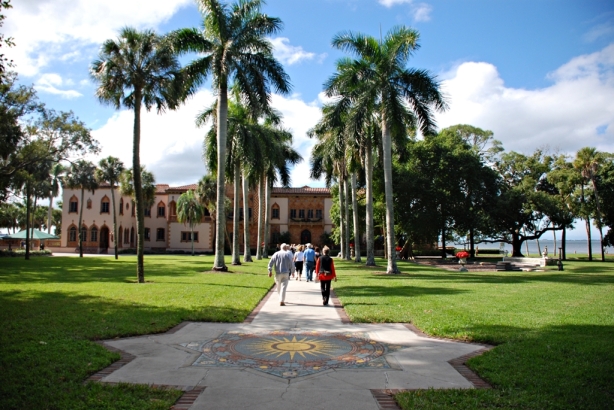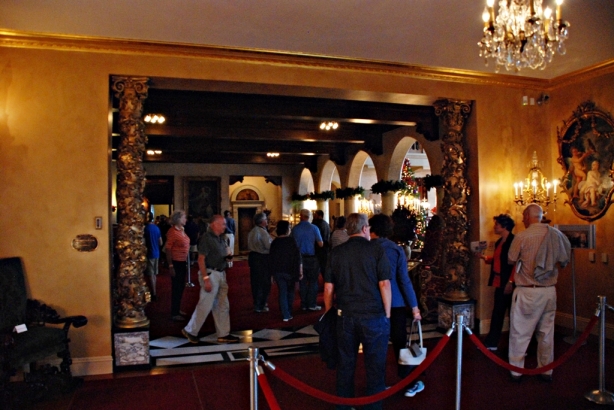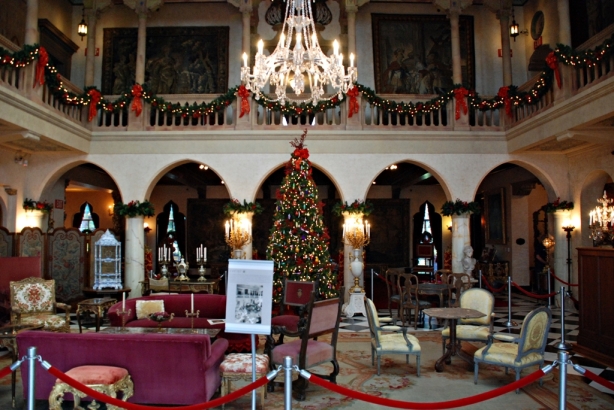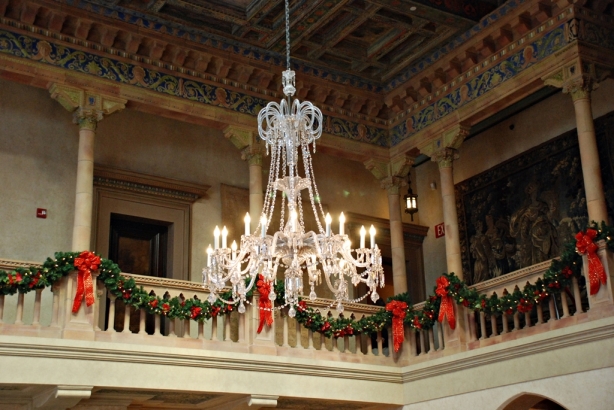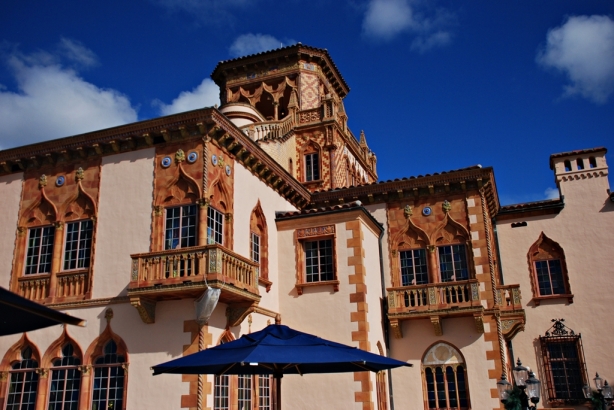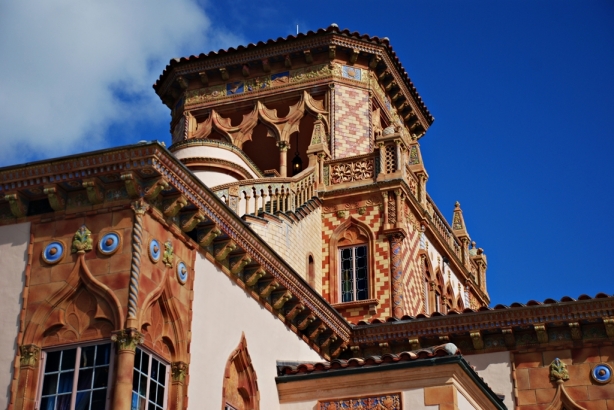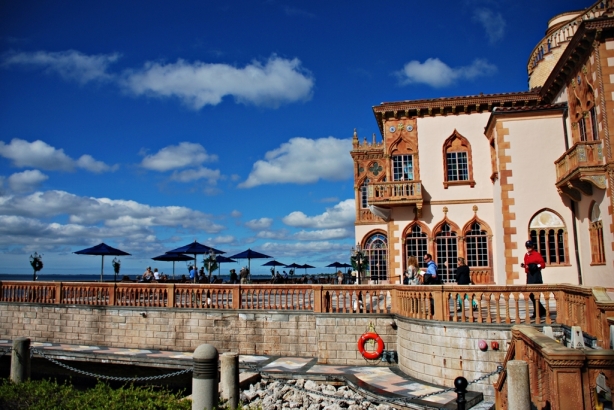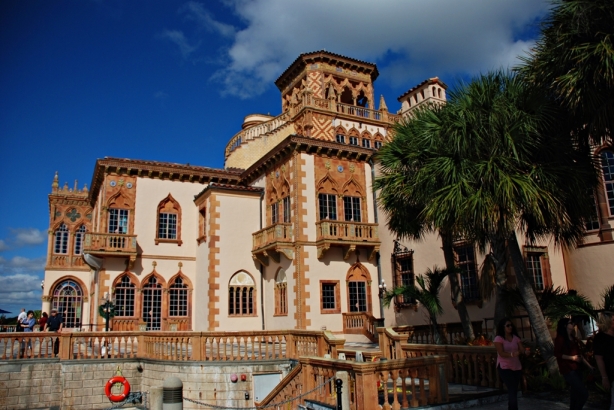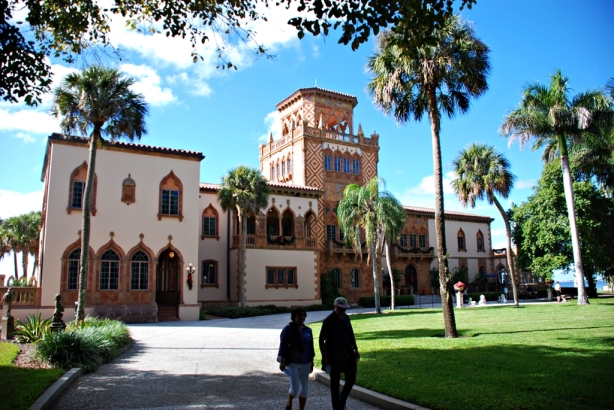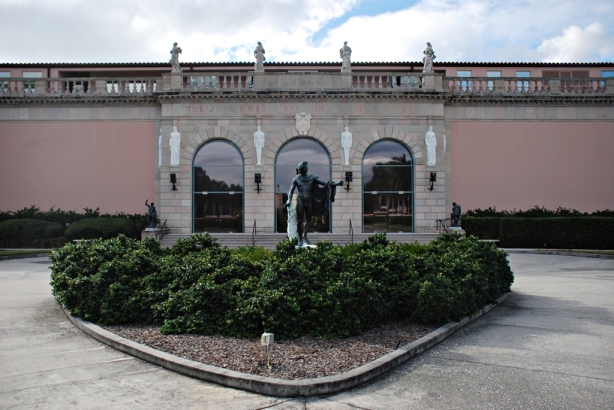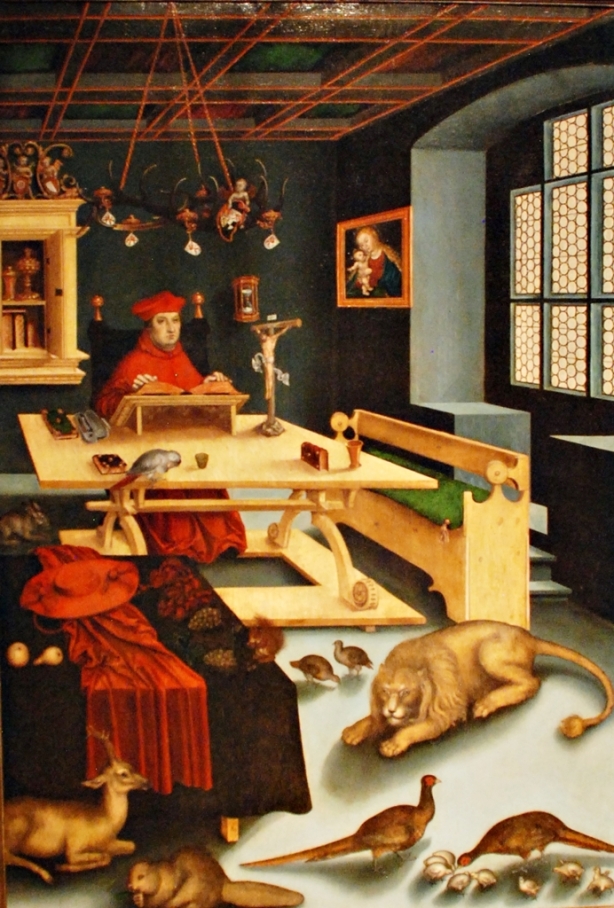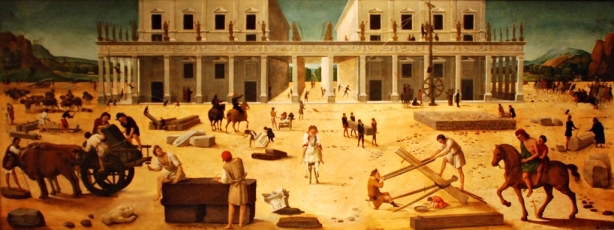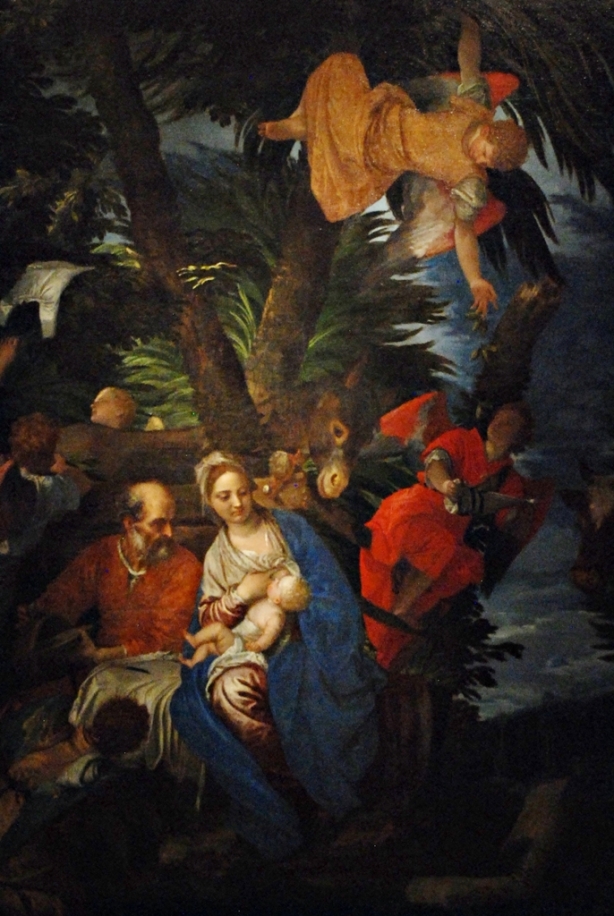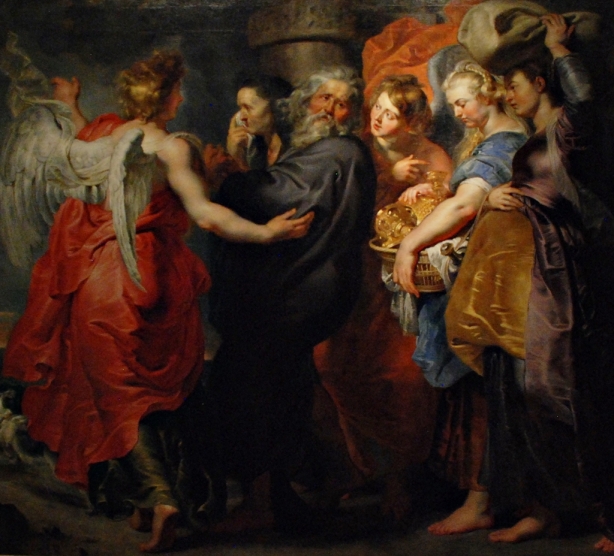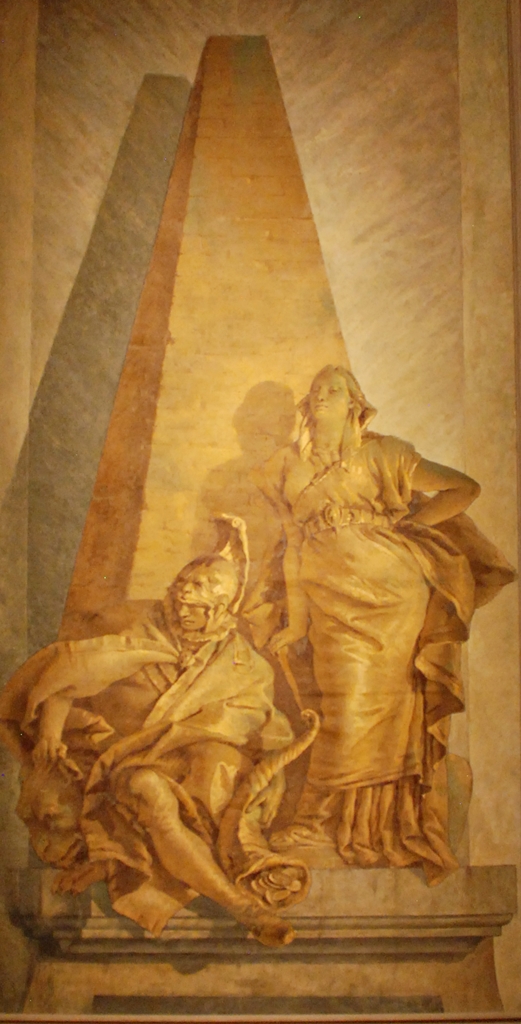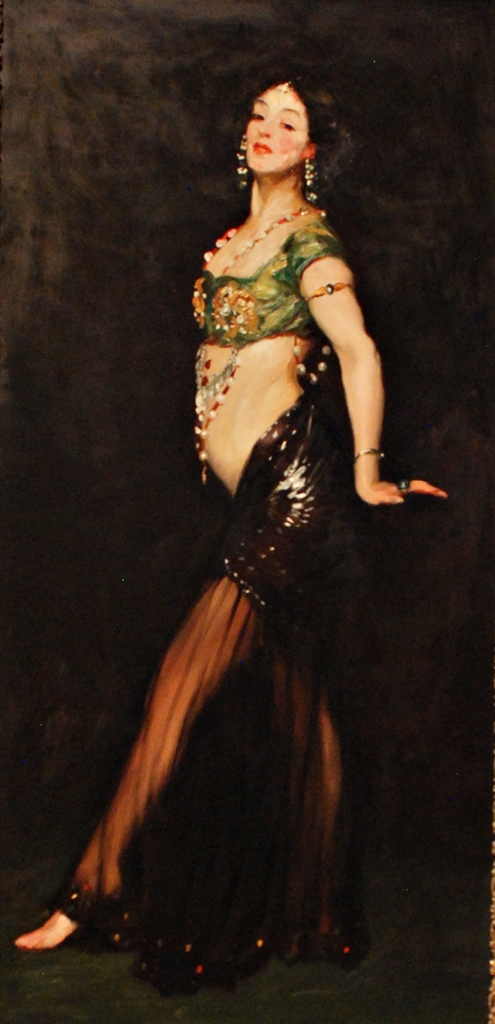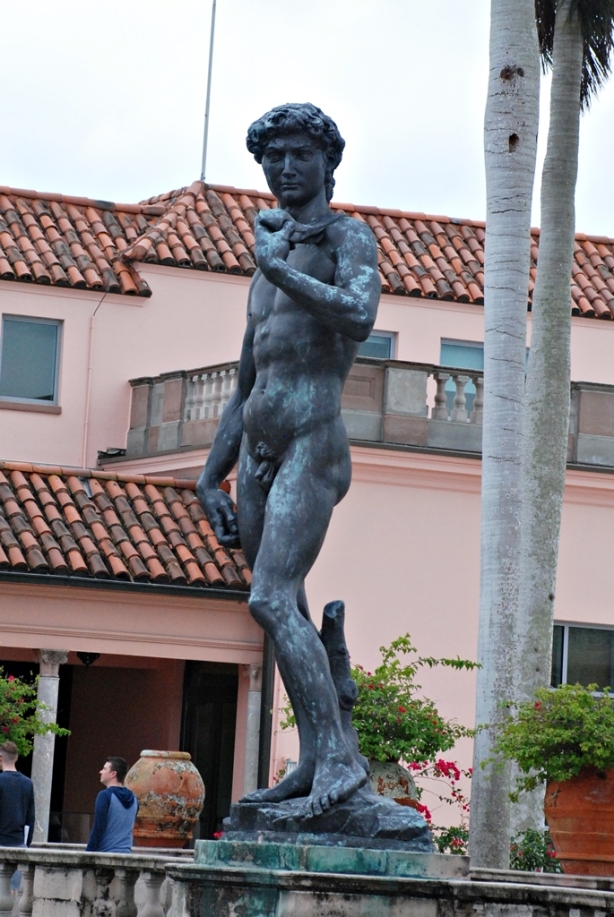Last month, I found myself in Miami with a couple of days to spare. I was looking for something different apart from the beaches and entertainment parks of Florida and so, I decided to drive to the west coast of Florida and I chanced upon a town called Punta Gorda and dropped anchor there. Punta Gorda is a nice, small town right on the bay. About an hour’s drive from Punta Gorda is Sarasota and while looking through the images in TripAdvisor, a building in Sarasota caught my eye as it looked kind of out-of-place in Florida and I decided to go there. Further showed this to be the Ringling Museum complex and I set out in the morning on a beautiful sunny day.
I was not much aware of Ringling before the trip though I had heard of Barnum Bailey Circus. John Ringling was born into a family of seven brothers and a sister in 1866 in Iowa. He along with four of his brothers started the Ringling Circus and then they acquired the Barnum Baily Circus to become the largest travelling circus in the US and they called it the Greatest Show on Earth. John turned out to be the most famous of the five brothers and also ventured into areas like real estate development and eventually became one of the richest men in the world at the time. So, when I drove there, I was expecting to see the house of a rich circus man and spend some time in a leisurely manner.
The house stands on 66 acres of land and is built in the Venetian Gothic style and is named “Cà d’Zan”, which means House of John in Venetian dialect. The grounds are beautiful with many wonderful trees and small ponds.
There are three main attractions to visit – the Circus Museum, Cà d’Zan and the Museum of Art. I started with the Circus Museum. First off, what struck my eye were a series of posters that were quite nostalgic. The Circus museum took me right back to my childhood when the circus was a rare occurrence and a visit was always a keenly awaited event. I think I have only been to the circus twice – it was a different world of amazing, hair raising acts and exotic animals. Of course, at that time, I was too young to realise that life for those performers was totally unlike the glittering visual they presented. Of course, in today’s world where visual treats and images are dime a dozen, the circus has lost out. It is no longer possible to hold interest and cause excitement and amazement through such acts as trapeze or motorbike riding within a globe or jeep jumping or a parade of wild animals. To me, the circus represented an era gone by. Such were the thoughts that flashed through my mind as I walked through the museum. The third face in the poster below is John Ringling.
Perhaps it was this foresight that the circus would soon die out which caused the artists and sculptor Howard Tibbals to create a miniature replica of the Ringling Bros. and Barnum & Bailey Circus, which was the largest circus in the world at the time. This replica is available for view in the Circus Museum and is indeed a grand sight. Till then, I had no idea of the scale of size of this circus. I was thinking of something slightly bigger than the “Gemini Circus”, the whole of which fitted into 3 or 4 trucks. What I saw at the Tibbals exhibit was a circus that owned trains so that it could transport itself to various palces. The “Big Top” or the performance tent had three rings, four stages, a hippodrome track and the show lasted two and a half hours with about 800 artists participating and it could seat 15,000 people! The show was so large that it owned trains that were used to transport all the material, animals and people. The logistics behind the whole show must have been amazing. I read that the Big Top consisted of six centre poles, seventy four quarter poles, one hundred and twenty two sidewall poles, five hundred and fifty stakes and twenty six thousand yards of canvas and what was amazing was that they could erect this tent within four hours!
There is also an exhibition of some of the real objects that were connected to the show like a human cannon, various cages used to transport animals and the private rail coach (named Wisconsin) that the Ringlings used when they travelled along with the circus.
Cà d’Zan was finished in 1927 and looks quite beautiful. It sights right on the sea and there are steps leading to the water. The interior is quite rich and ornate with all the conveniences that the time provided.
After a leisurely lunch at the café, I strolled across to the Museum of Art. Till then, I was thinking of the whole affair as the house of a very rich circus man who had an interest in art and nothing much beyond that. However, I soon got to know that this tale had some other interesting angles. John Ringling and is wife Mable wanted to build an art gallery to build up an awareness of art and culture in the people of the locality. It was not meant to be a museum for the viewing pleasure of a few rich people but was meant to bring the masters to be available for the public. The museum was set up with twenty one galleries and John Ringling gifted this museum with more than 400 art pieces along with an endowment of $1.2 Million to the State of Florida upon his death in 1936. There were works from masters like Peter Paul Rubens, Paolo Veronese, Diego Velazquez, Giambattista Tiepolo, Lunas Cranach the Elder etc. In the courtyard is a 19th century replica of Michelangelo’s David.
Peter Paul Rubens: Meeting of Abraham and Melchizedek
Lunas Cranach the Elder: Cardinal Albrecht of Brandenburg as Saint Jerome
Piero di Cosimo: Building of a Palace
Paulo Veronese: Rest on the flight into Egypt
Franceso del Cairo: Judith with the head of Holofernes
Antonio de Bellis: The flaying of Marsyas by Apollo
Jan Davidsz de Heem: Still Life with Parrots
Peter Paul Rubens: Flight of Lot and his family from Sodom
Peter Paul Rubens and Osias Beert: Pausias and Glycera
Giambattista Tiepolo: Glory and Magnanimity of Princes
Robert Henri: Salome
John Ringling was one of the richest men in the Roaring Twenties and like many of his peers, he too thought that the good times would continue for ever. However that was not to be and the Great Depression arrived. Ringling suffered huge financial losses and he lost his wife Mable also in 1929. When John died in 1936, the man who was once the one of the world’s richest men had a princely sum of $311 in the bank! What struck me was that he had managed to fight his creditors for many years and hold on to his house and the art museum with its priceless works and finally willed it to the state so that all could benefit from it. John Ringling, obviously, was no ordinary circus tycoon.
